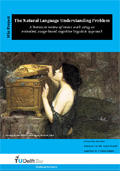Downloads
TERMS OF USE The downloads found on this page can be used according to the which in short means: "anything can be used, modified, (re)distributed as long as it is not for commercial purposes and is referenced" . Often the code is highly unstable, poorly written and not anywhere near commercial primetime, however as a (scientific) prototype it works just fine. I hope you find some inspiration in it!
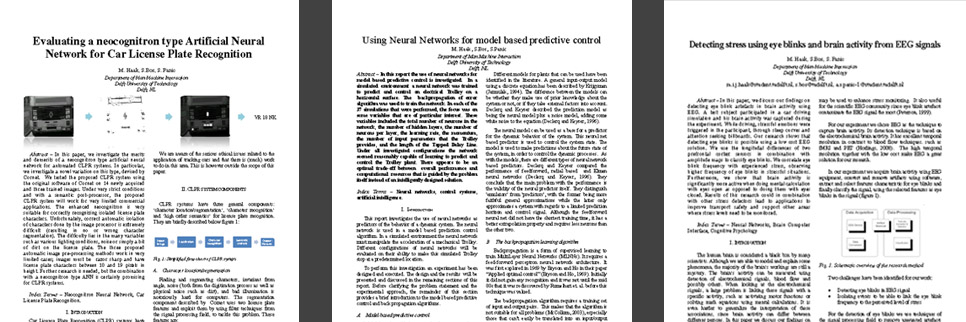
Neural Networks (2009)
5 papers on Neural Networks - from simple curve fitting to detecting eye blinks from brain scans
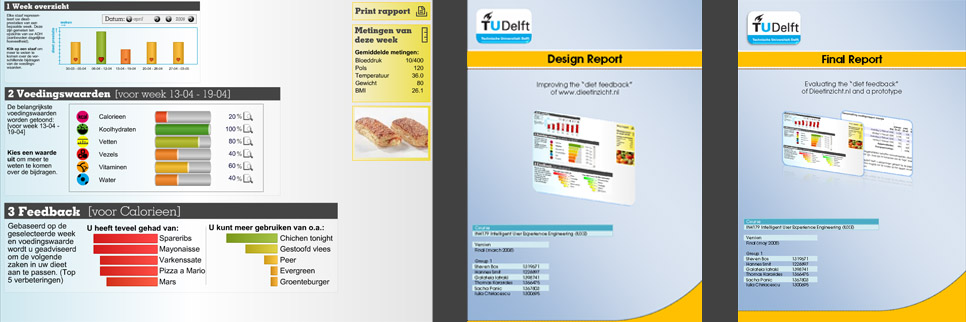
Intelligent User Experience Engineering (2008)
Analysing and improving a website on diet management
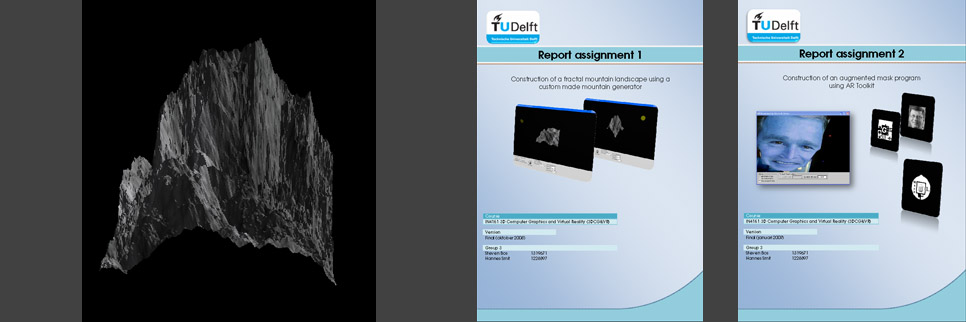
3D Computer Graphics and Virtual Reality (2008)
Building a fractal mountain generator and marker detector with animations using a webcam
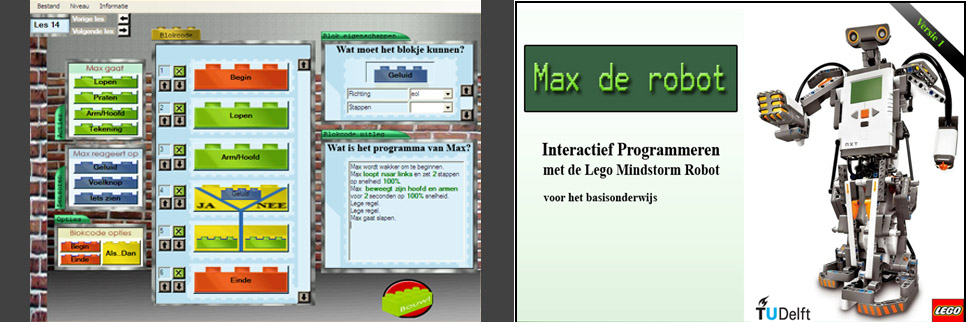
Educational Software (2007)
Building a tool to teach children how to program - with a robot!
Visual Perception of Display Systems
(2010)
Show description
This paper was the final result of the TU Delft MSc course "Visual Perception of Display Systems" given by Prof. Ingrid Heynderickx. In close collaboration with Philips Eindhoven we set out to discover which daylight features are important for a realistic daylight impression. Relevant, because direct sunlight is not always possible in buildings. The group of students consisting of Allart Hoekstra, Martijn Rentmeester, Frank van Wijk and me were responsible for setting up the experiment and interpreting the results.
Neural Networks
(2009)
Show description
The five papers presented here were produced in a 2 week interval for the TU Delft MSc course "Neural Networks" given by Prof. Leon Rothkrantz. During the course we acquired hands-on experience with various types of Neural Networks; simple ones to fit on curves and some sophisticated types that recognize handwriting and car license plates. The group of students consisting of Martijn Haak, Sacha Panic and me were responsible for setting up the experiments and interpreting the results.
(Medical) Data Visualisation
(2009)
Show description
This paper was the final result of the TU Delft MSc course "Data Visualisation" given by Dr. Charl Botha. During the course we acquired theory and practice on modelling large quantaties of data ranging from medical data (see paper) to weather and aerodynamic models to 3D carthography. The group of students consisting of Martijn Haak and me were responsible for setting up the experiments and interpreting the results.
Intelligent User Experience Engineering
(2008)
Show description
The two reports, presentation and prototype were the final results of the TU Delft MSc course "Intelligent User Experience Engineering" given by Prof. Mark Neerincx. In partial collaboration with TNO we set out to discover how the user experience of a website on diet management could be improved such that its customers are motivated in the long run. Various theories on cognitive load, gamification (fun getting insight) were implemented in a prototype - a major overhaul of the website - which could run on any mobile device. The group of students consisted of Hannes Smit, Galateia Iatraki, Thomas Kararides, Sacha Panic, Iulia Chiriacescu and me.
Real-Time Artificial Intelligence + Speech Recognition
(2008)
Show description
This paper and prototype were the final results of the TU Delft MSc course "Real-Time Artificial Intelligence + Speech Recognition" given by dr. ir. Pascal Wiggers. During the course we acquired hands-on experience with developing real-time language systems such as speech-to-text-recognizers and dialogue systems. The prototype presented here is based on Frame semantics and was trained for a very small domain as a proof-of-concept. The group of students consisting of Remco Jansen and me in collaboration with Adriaan de Jong were responsible for building the prototype, setting up the experiments and interpreting the results.
3D Computer Graphics + Virtual Reality
(2008)
Show description
The two reports and prototypes were the final results of the TU Delft MSc course "3D Computer Graphics + Virtual Reality" given by Prof. Erik Jansen. For the practical we built two applications. The first was a realistic mountain generator based on fractals. The GUI has several parameters for viewing and changing the mountain (for example into a landscape). The other application was built using AR Toolkit. With simple printed markers various animations could be displayed, depending on the recognized marker. The setup was similar to the EyeToy cardgame "The Eye of Judgment". The group of students consisting of Hannes Smit and me were responsible for building the prototypes and writing the reports.
Educational Software
(2007)
Show description
The report, presentation and prototype were the final results of the TU Delft MSc course "Educational Software" given by Dr. Charles van der Mast. The assignment was to build an educational tool for primary school children. We have built and tested an interactive tool to teach children the foundation of programming in a fun and tangible way - with a Lego robot. The group of students consisting of Andy Man, Kenneth Touw and me were responsible for building the robot, the software prototype and testing it at a primary school. The feedback was great; both the teachers and children loved it.
